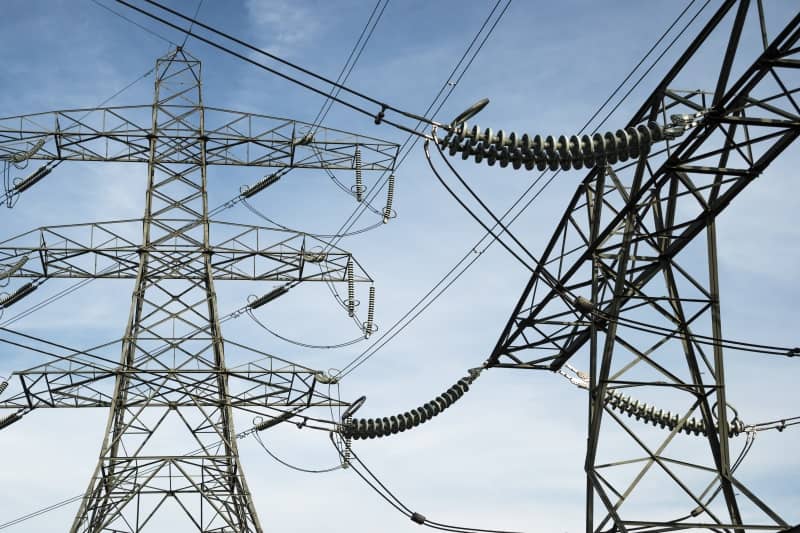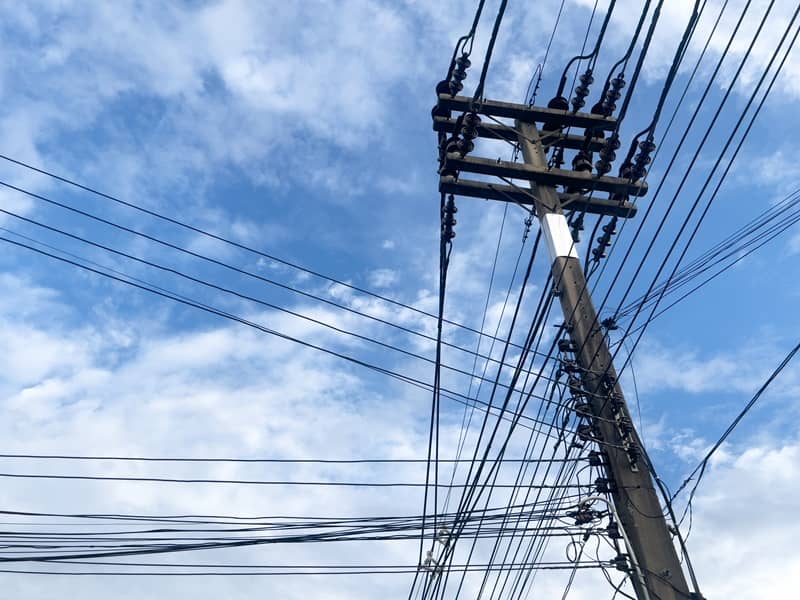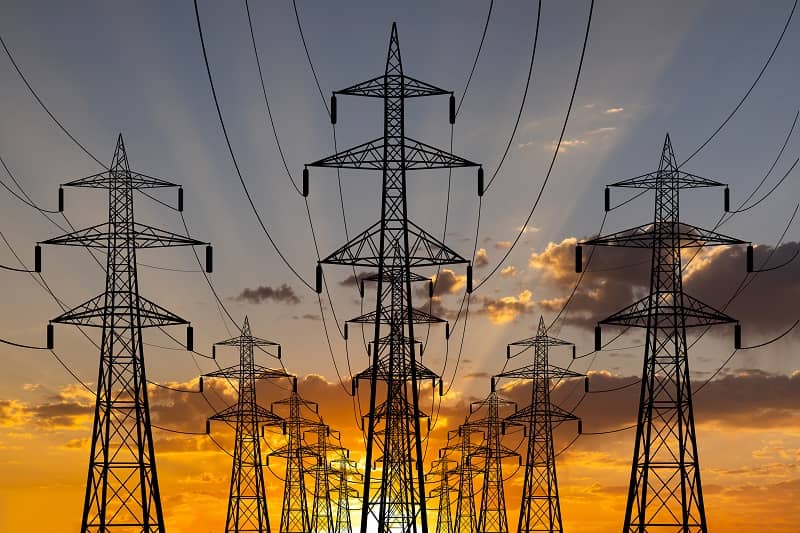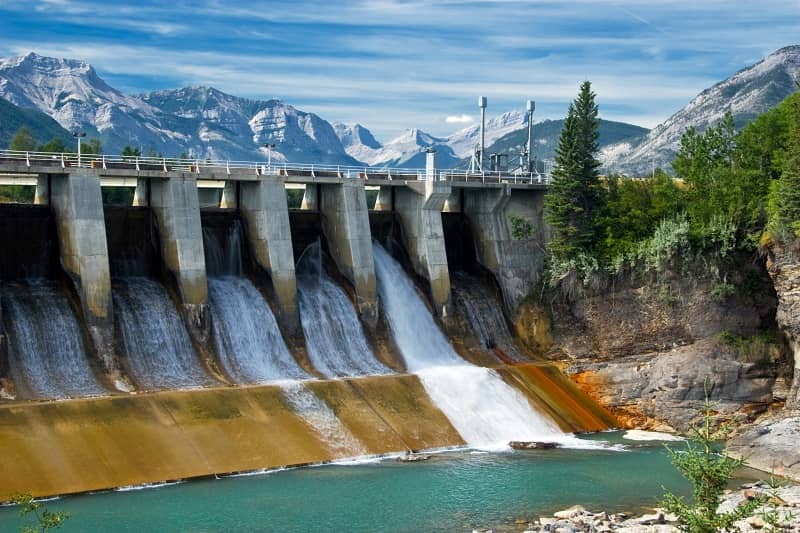By John A. Charles, Jr.
In 2000, the electricity grid was named the top engineering achievement of the 20th century by the National Academy of Engineering. In 2021, Oregon politicians decided to dismantle it. Prepare yourself for blackouts.
State legislators passed a law two years ago (House Bill 2021) that prohibits the construction of any electricity generating facilities using fossil fuels. Coal usage must be out of the system by 2030, and natural gas by 2040. That means the four energy sources most capable of providing electricity on demand – coal, natural gas, oil, and nuclear (which was banned by Oregon voters in 1980) – are off the table.
Fortunately, the Northwest has abundant hydropower resources, but hydro cannot grow to meet future demand. In fact, hydro is shrinking. PacifiCorp is removing its four Klamath River dams, which will subtract 169 MW of emissions-free electricity from the grid. Advocates also want to remove Snake River dams. Hydropower is not a growth industry.
Former Governor Kate Brown promoted a vision of “wind, solar, and batteries;” but that won’t work. Over the past six months, Portland General Electric and PacifiCorp have filed Clean Energy Plans with the Oregon Public Utility Commission, and it’s clear from those filings that meeting state requirements will be impossible. Both utilities hope to make it to 2030, but after that they will need “dispatchable emissions-free resources” from technology that doesn’t exist.
According to the regional forecast published by the Pacific Northwest Utilities Conference Committee (PNUCC), the region faces electricity shortages every year for the next decade, with the shortfall growing to 8,150 MW by 2033. These deficits are largely due to the planned shutdown of coal and natural gas plants.
Wind and solar are major underperformers when it comes to actual generation. For the region, intermittent sources account for 15% of nameplate capacity but only provide 10% of electricity generation. Coal and natural gas account for 20% of nameplate capacity but provide 31% of generation. Once fossil fuels leave the system, we will have chronic electricity shortages.
The central problem is that electricity cannot be stored at grid scale, except for a few hours. Electricity is a “just in time” commodity that must be consumed as it is generated. The key elements of the grid – electricity generation, transmission, and distribution – must all work together to ensure that frequency and voltage are maintained by continually adjusting supply to accommodate demand or unexpected outages. In this context, intermittent sources like wind and solar are not assets; they are liabilities.
Recent experience from California is instructive. On Sunday May 8, 2022, a day of mild weather, California briefly met 103% of its electricity needs from wind, solar, hydropower, and geothermal. Yet, most of the state’s natural gas plants continued to run. The reason is that California “peaker” plants take four hours or more to start up, so grid operators could not shut them down when they would be needed later in the day.
During the October 14 solar eclipse, Texas lost large amounts of solar power for several hours. Texas has the nation’s largest wind fleet, but wind output was also declining during the eclipse. Natural gas and coal had to be ramped up to maintain grid frequency.
Keep in mind, the eclipse was not a random event. Everyone knew exactly when it would happen, and obviously it would reduce solar electricity generation in certain states. But wind is not a dispatchable resource; it could not back up solar, so fossil fuels saved the Texas grid.
There is nothing about Oregon’s electricity consumption patterns that should have given legislators a reason to vote for HB 2021. According to the Oregon Department of Energy, coal and natural gas accounted for 45% of Oregon’s electricity consumption in 2012 but rose to 48% by 2020.
Oregon politicians like to think that they control the grid, but they don’t. The grid is run by physics and engineering. In 2024, state legislators should show some appropriate humility by re-legalizing natural gas for power generation.
John A. Charles, Jr. is President and CEO of Cascade Policy Institute, a free market public policy research organization. A version of this article was published in the Portland Tribune on October 18, 2023.












